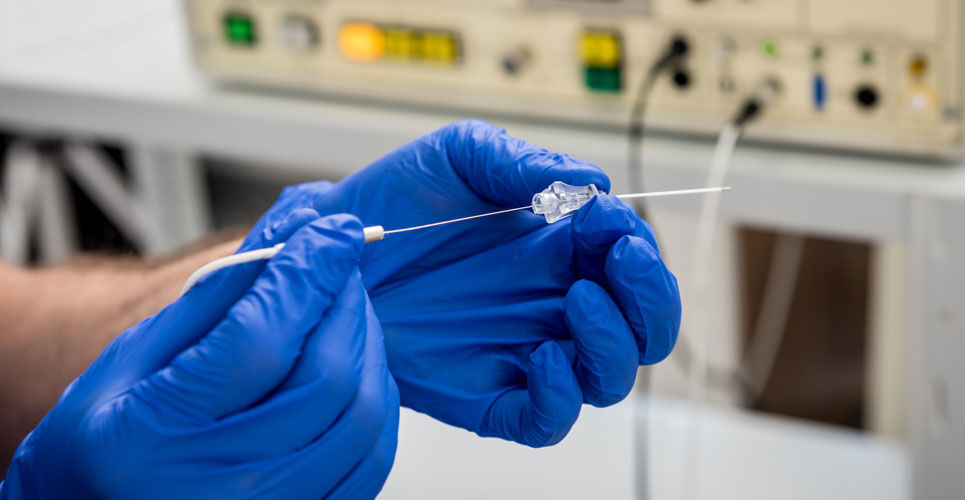An double wide-area circumferential catheter ablation offered no added benefit to standard care in terms of atrial fibrillation recurrence
The use of an augmented, double wide-area circumferential catheter ablation (WACA) has been found to be no better than the current, standard single WACA for the prevention of atrial fibrillation (AF) recurrence in patients with paroxysmal AF, according to a randomised trial by Canadian researchers.
The proportion of patients affected by AF varies with age, is slightly more common in men and according to one European study, ranged in prevalence from 0.12 – 0.16% in those under 49 years of age to between 10 and 17% in those 80 years and older. Anti-arrhythmic drugs are known to be effective but in patients with paroxysmal AF who have not tried such drugs, radio-frequency ablation results in a lower rate of recurrent atrial tachyarrhythmias than medical therapy after 2 years. Ectopic beats from the pulmonary veins (PV) will often trigger AF and hence catheter ablation approaches have focused on PV isolation (PVI). However, PV electrical reconnection is frequently detected in subjects experiencing recurrent arrhythmia and is relatively common, affecting affecting 58% of AF-free patients. Given this high level of AF recurrence, in the current study, the Canadian team wondered if an augmented double wide-area circumferential ablation, i.e., which included a wider area of atrial ablation, might be more effective than the standard, single WACA.
The researchers randomised patients 18 years and older with symptomatic paroxysmal AF, in a 1:1 fashion, to receive radio-frequency catheter ablation for pulmonary vein isolation with either a standard single WACA or an augmented double WACA. The primary outcome was atrial tachyarrhythmia (including atrial tachycardia, atrial flutter, or AF, lasting longer than 30 seconds) recurrence between 91 and 365 days post-ablation.
Augmented vs standard ablation outcomes
A total of 398 patients with a mean age of 61 years (32.9% female) were randomised to the single WACA or control arm (195) or the double WACA arm (203).
In total, 26.7% in the single WACA arm and 24.6% in the double WACA arm had recurrent AA at 1 year (relative risk, RR = 0.92 95% CI 0.66 – 1.29, p = 0.64). Furthermore, a similar proportion in both arms (10.3% vs 7.4%, single vs double WACA) underwent repeated catheter ablation (RR = 0.72, 95% CI 0.38 – 1.36).
There were also no differences in the level of serious adverse events (6.7% vs 6.9%, single vs double WACA).
The authors concluded that additional ablation by performing a double ablation lesion set did not result in improved freedom from recurrent AA compared with a standard single ablation set.
Citation
Nair GM et al. Standard vs Augmented Ablation of Paroxysmal Atrial Fibrillation for Reduction of Atrial Fibrillation Recurrence: The AWARE Randomized Clinical Trial. JAMA Cardiol 2023

